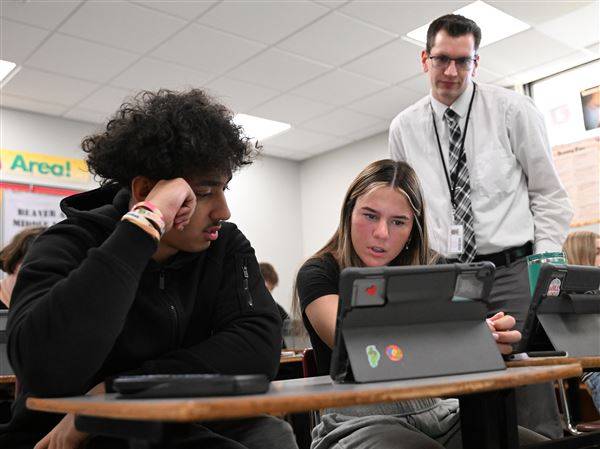One of the key initiatives was the development of the California Digital Learning Integration and Standards Guidance, which aimed to support educators in effectively incorporating technology into learning environments. This guidance was created in partnership with organizations like the International Society for Technology in Education (ISTE) and focused on fostering a student-centered approach to learning, emphasizing collaboration, active engagement, and personalized education experiences.
According to Dr. Linda Darling-Hammond, President of the California State Board of Education, this initiative encourages the use of technology to support interactive learning activities, such as simulations and multimedia presentations, helping students connect globally through research and inquiry-based projects. By leveraging technology, educators can create more inclusive environments, making it easier for students to engage with diverse perspectives and information.
State Superintendent Tony Thurmond spearheaded this effort, aiming to provide every student with the necessary tools for remote learning through partnerships with tech companies and state-level funding. For instance, efforts to provide affordable internet and devices have been crucial in bridging the gap, as shown by programs like the Emergency Broadband Benefit and investments in infrastructure.
Addressing these disparities requires continuous investment and data-driven strategies to allocate resources effectively. Local innovations and federal support have been instrumental in helping districts ensure students have both devices and internet access at home.
The report suggests that by streamlining processes, facilitating intersegmental collaboration, and investing in faculty training and infrastructure, California can create a more agile and inclusive higher education system.
The Digital Center for Innovation, Transformation, and Equity, recently launched by the California Community Colleges, aims to modernize infrastructure and practices, potentially serving as a model for systemic change. It will be important to monitor how these initiatives evolve and address broader societal challenges in education, ensuring that technology enhances learning without exacerbating existing inequities.
Additionally, check out our news coverage for updates on how digital transformations are impacting various sectors, from education to business and beyond, on our main page.









